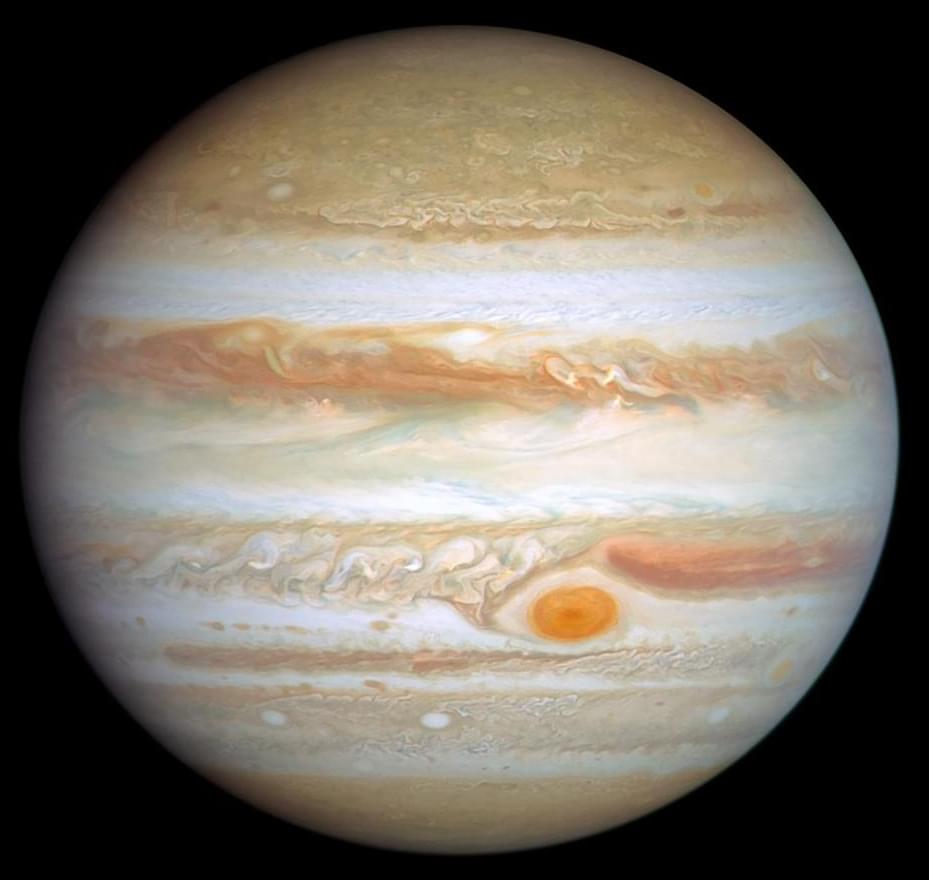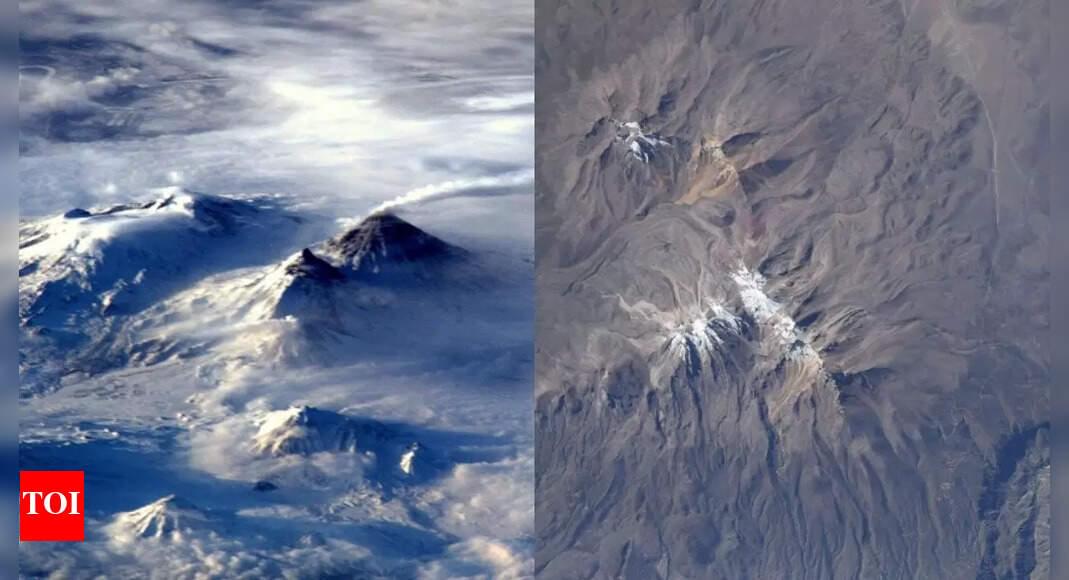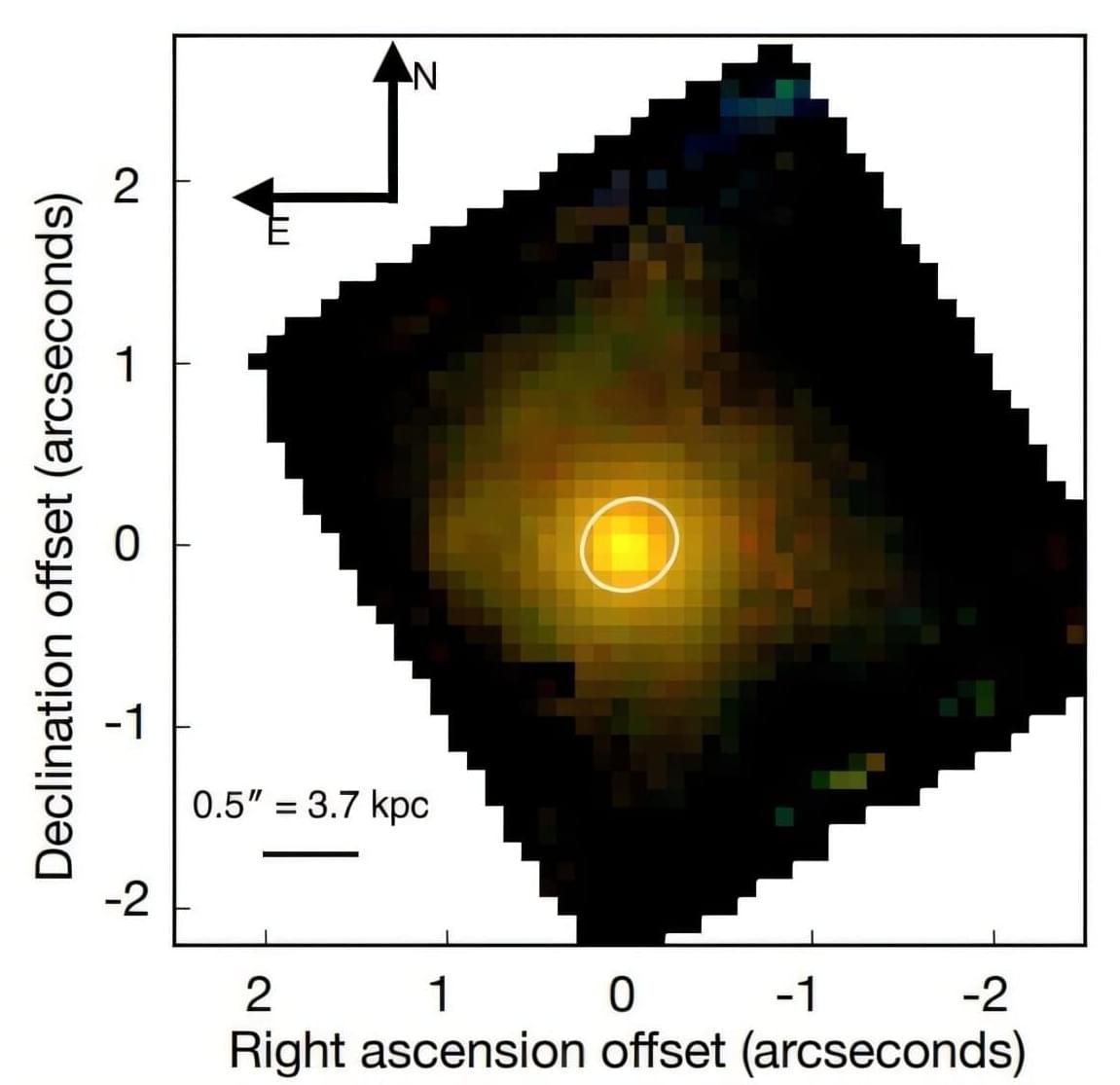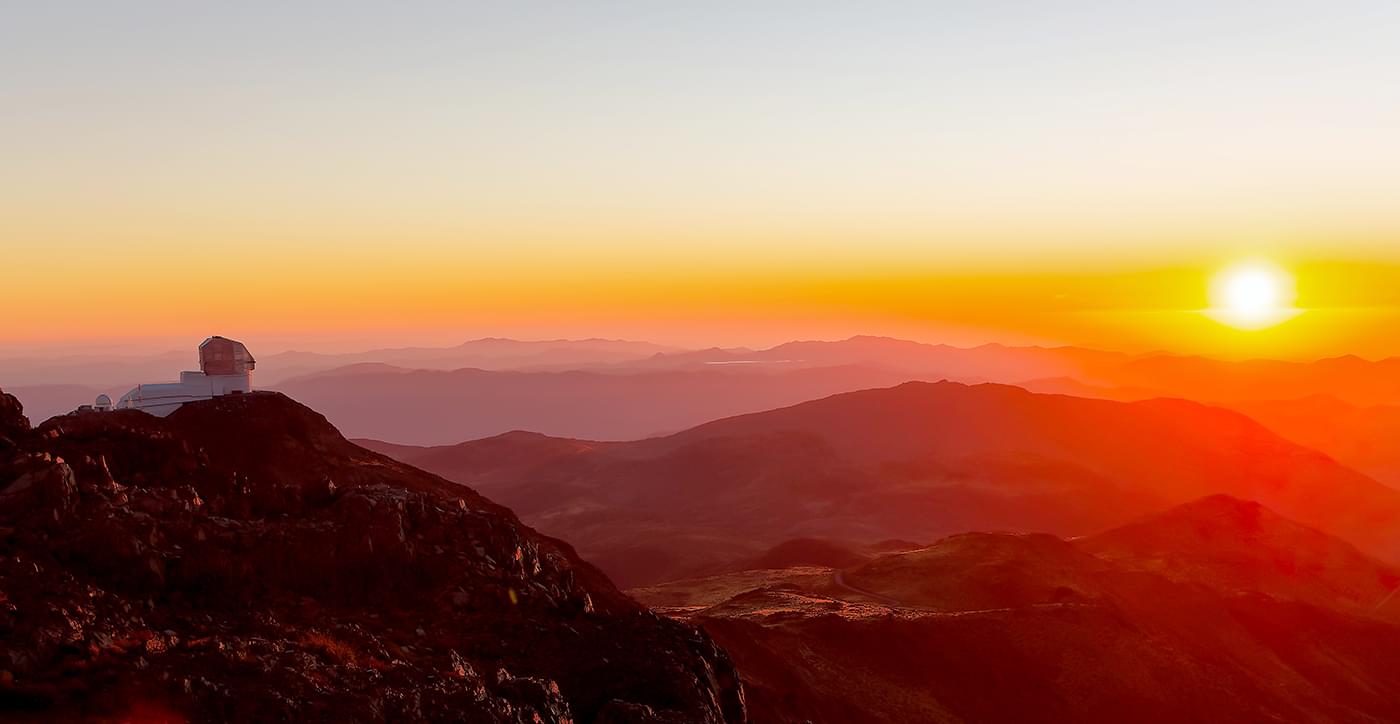What processes were responsible for Jupiter’s formation? This is what a recent study published in Scientific Reports hopes to address as an internati | Space


JMP offers a 30-day free trial for anyone, anywhere. Go to https://www.jmp.com/scishow to see the benefits of visual statistics for yourself.
Rocky bodies like moons, asteroids, and comets are chock full of resources, from water, to helium-3, to rare earth elements. But how can we access them? Some scientists have proposed using microbes to aid in the mining of certain metals.


NASA astronauts Michael Fincke and Zena Cardman will connect with students in Ohio as they answer prerecorded science, technology, engineering, and mathematics (STEM) questions aboard the International Space Station.
The Earth-to-space call will begin at 10:15 a.m. EDT on Wednesday, Aug. 27, and will stream live on the agency’s Learn With NASA YouTube channel.
Media interested in covering the event must RSVP by 5 p.m., Monday, Aug. 25, to Mary Beddell at: 330−492−3500 or at [email protected].

Using the James Webb Space Telescope (JWST), astronomers have conducted spectroscopic observations of a high-redshift galaxy known as XMM-VID1-2075. Results of the observational campaign, presented August 14 on the pre-print server arXiv, suggest that XMM-VID1-2075 is a massive and evolved slow-rotator.
The so-called “slow-rotators” represent a small fraction of the most massive galaxies, which stopped forming stars and are dispersion-supported systems. Such galaxies are highly evolved and often exist in dense cluster environments.
To date, no slow-rotators have been confirmed from stellar kinematics beyond the redshift of 2.0. It is generally assumed that at high redshifts, these slow-rotating systems are predicted to be rarely found.

A new study has uncovered a surprising and concerning paradox: although Earth’s vegetation cover has expanded dramatically over the past four decades, this widespread “greening” trend is often associated with a decline in soil moisture, particularly in water-scarce regions. The study is published in Communications Earth & Environment.
Led by Prof. Chen Yaning from the Xinjiang Institute of Ecology and Geography of the Chinese Academy of Sciences, the researchers employed a multifaceted approach, integrating multi-source satellite observations, reanalysis datasets, and outputs from 12 Earth system models. This comprehensive analysis, spanning the years from 1982 to 2100, enabled researchers to quantitatively assess the causal relationship between vegetation dynamics and soil moisture.
Their findings reveal that while an impressive 65.82% of the global vegetated areas have experienced greening, nearly half of these areas simultaneously witnessed significant soil drying—a “greening-drying” pattern. This detrimental trend is most pronounced in vulnerable regions like Central Africa, Central Asia, eastern Australia, and mid-to-high latitude Europe.

Also known as “red sprites”, this phenomenon is rarely seen from Earth.

Ryugu is another asteroid for which we have a sample, collected by the Hayabusa-2 mission. Despite their differences, Ryugu and Bennu also share similarities, and Ryugu, too, had plenty of organic materials, simply not as much of them.
Bennu’s parent body seems to have formed from a really different set of materials from across the Solar System, and it might have formed further away from the Sun, too.

Frost-covered regions present the best candidates for the future habitability of Mars and further astrobiological exploration, research into brines shows. Mars, once thought too cold and dry for liquid water, may briefly host salty brines twice a day during certain seasons. These fleeting bursts wouldn’t be enough to sustain humans, but they could have supported hardy life in Mars’ past—and may guide future missions searching for signs of it.
Due to extreme temperatures and the dryness of Mars, it’s thought to be impossible for liquid water to form on the planet’s surface, a critical precondition for habitability. The only hope of finding liquid water appears to be in the form of brines, which are liquids with high concentrations of salts that can freeze at much lower temperatures. But the question of whether brines can even form on Mars has yet to be answered.
Vincent Chevrier, an associate research professor at the University of Arkansas’ Center for Space and Planetary Sciences, has been studying that question for 20 years and now thinks he knows the answer: ‘yes they can.’